
Before 1948, Jews lived all over the Middle East and North Africa, practicing their religion with pride but facing persecution and intermittent pogroms. Growing up in Israel, Dana Avrish, a third-generation descendant of Iranian, Lebanese and Syrian Jews, heard many stories from her family, including how Israel’s creation in 1948 spurred the expulsion of more than 850,000 Jews from Arab lands and Iran. They were granted one suitcase to carry their belongings. Their exit papers were stamped with warnings not to return.
“Leaving Never to Return” — a nod to the exit paper stamps — is Avrich’s exhibition currently on display at Tel Aviv’s Eretz Israel Museum and dedicated to the stories of those communities. Avrish, a former Miss Israel, opened the exhibition in February and has filled it with newspaper clippings, photos, documents and other artifacts that breathe new life into a forgotten past. The exhibit describes Jewish life in places where it’s practically nonexistent today. It highlights the communities of 10 countries: Morocco, Algeria, Tunisia, Libya, Egypt, Yemen, Iran, Iraq, Syria and Lebanon.
The Journal caught up with Avrish to discuss her exhaustive research efforts, reactions she’s getting from museum visitors and her plans to take the exhibit global.
Jewish Journal: Why is this exhibition so important to you?
Dana Avrish: Growing up, I heard a lot of stories from my father. I knew people ran away from different countries, ran for their lives, but it never occurred to me to investigate what really happened. I believe it’s a history that’s missing from the educational system throughout the world. Nobody is talking about the fact that almost 1 million Jewish refugees from Arab countries and Iran were tossed out of their homelands. I wanted to have justice brought into this.

JJ: How did the exhibition initially take shape?
DA: While doing my master’s degree at Tel Aviv University in diplomacy and international relations, I took a few courses about the media’s leaving this out of history. I started to investigate it. I knew I must do something and do outreach on this subject to get it out to as many people as possible and focus on telling these stories.
JJ: How did you obtain all the artifacts for the exhibition?
DA: It started with a lot of research by myself. I was asking for the support of the Ministry of Culture and I explained the conceptual idea. I received their support once I convinced them of the importance of the project. Then there were the different archives in Israel. I was in contact [also] with people in Paris, Tunisia and elsewhere. I started to search for objects that [would] tell a story.
JJ: How long did your research take?
DA: It took me around three years: finding photos, testimonials and all the other objects you see.
JJ: How did creating the exhibit connect you with your own background?
DA: My mother is Persian and my father’s family is from Lebanon and Syria. It was an amazing experience for me. It took me inside the world of my ancestors. I got very emotional. I came to understand there were really so many stories that I need to tell people about. I started to talk more with my uncles, and they told me lots of stories in more detail. In the exhibition, I tell the story of my grandmother in Lebanon.

JJ: The exhibition also has information about day-to-day persecution, pogroms and violent riots against Jewish communities. But there’s also a lot that depicts Jewry in these places as thriving and living cosmopolitan lives. Why was that duality important to you?
DA: It was so important to show not just one side. There’s never only one side. If you want to change history, you can say everything was amazing, but for me it was important to show both sides. I wanted to give people the ability to see the whole picture.
JJ: Many people group the Mizrahim together. Does that bother you?
DA: When the State of Israel was born as a new nation, the idea was to make them all Sabras — Israelis. But, in many ways, that was to erase the pasts of many. People were changing names, even. The attitude toward so many of them was miserable. This is more than half of the population in Israel now. It’s a huge community, and to not recognize their origins, their rituals, their stories and their backgrounds is wrong.
JJ: It’s cool to see the differences of each community.
DA: It’s amazing how different they all are. The differentiation is a beautiful thing. This is my aim, to empower these communities and the people inside them. You need to be proud if you or your family are from Iraq, Algeria, Egypt or Libya. In the exhibition, I hope I’m really lighting the beauty of each community.
JJ: You’ve had guests view the exhibition who are actually in the photos. What’s that like for you to see?
DA: They are crying. They are so moved. They are thanking me. I have letters from them and emails. They are writing in the guest book: “Thank you so much — you don’t believe what you’re doing for us, our mother, our grandmother.” On the opening day, 700 people were there. People were hugging. It’s really unbelievable to see it. One person told me I brought a small piece of home back to their daily life.

JJ: Where is the exhibition off to next?
DA: I’m really working on having this become a permanent exhibit here in Israel. But for sure it needs to be in Jewish museums around the world. It needs to be in Brazil, in Argentina, in the United States. It needs to be in New York, in Los Angeles, in San Francisco. It’s a chapter in history that vanished. We need to correct the historical injustice. I’m trying to do it now. I’m doing it. I hope people will hop on the train.
“Leaving Never to Return” is on display at Tel Aviv’s Eretz Israel Museum through July 31.







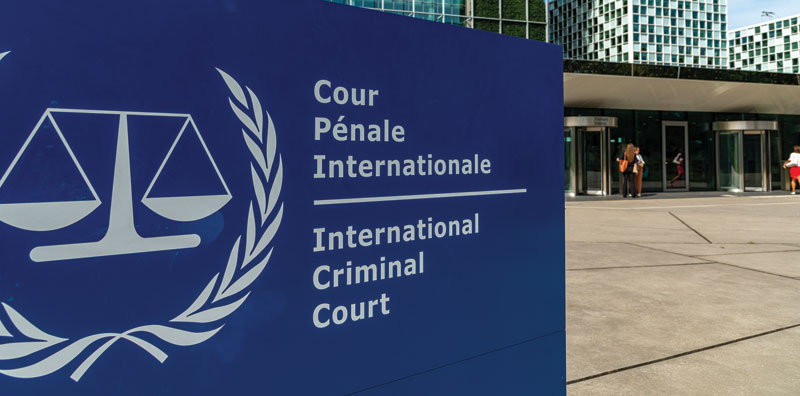
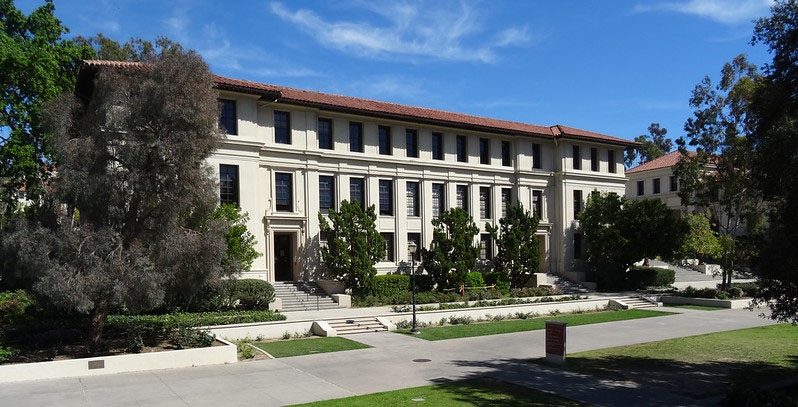

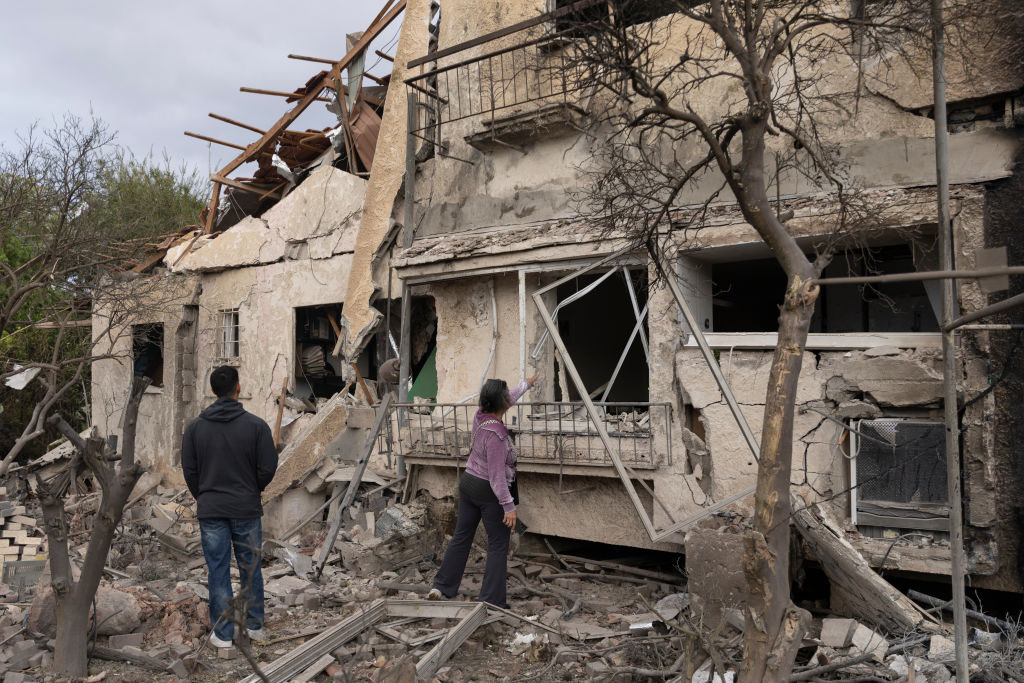
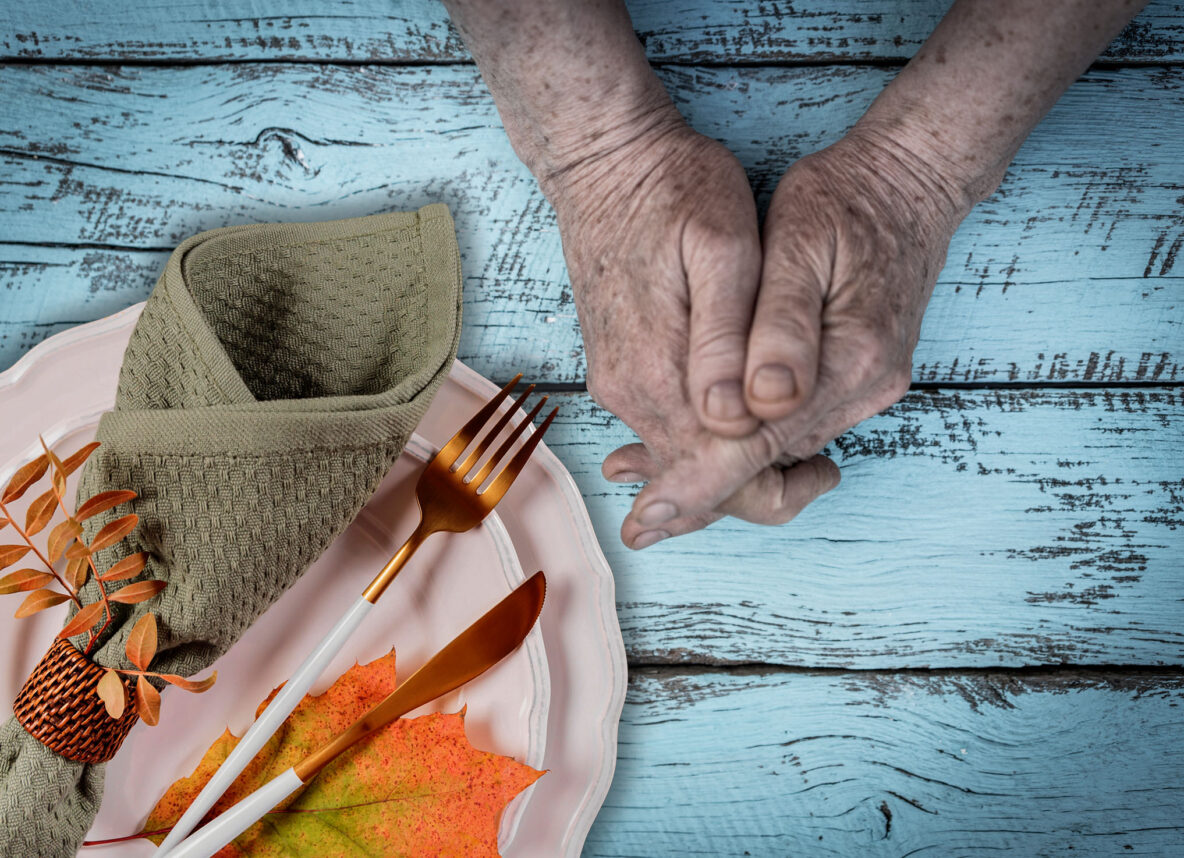

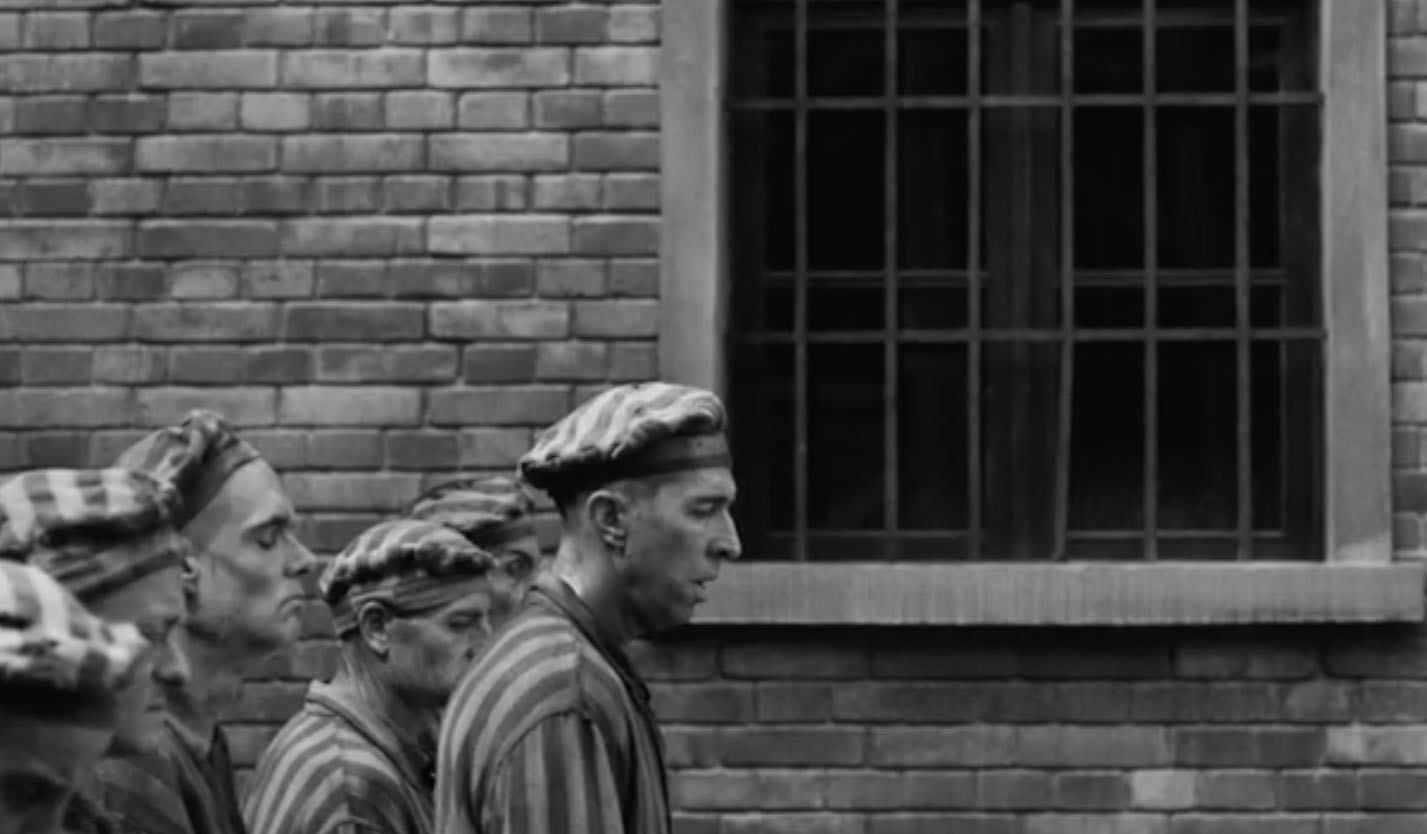
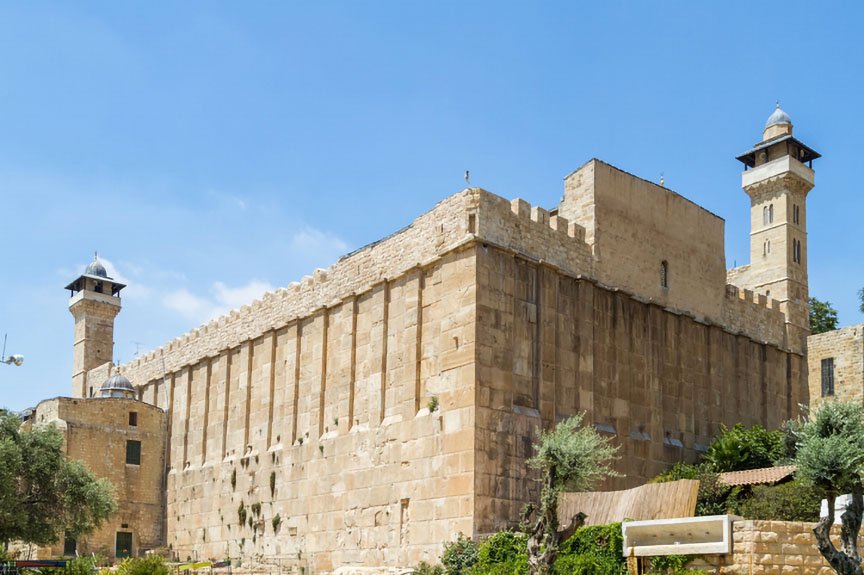
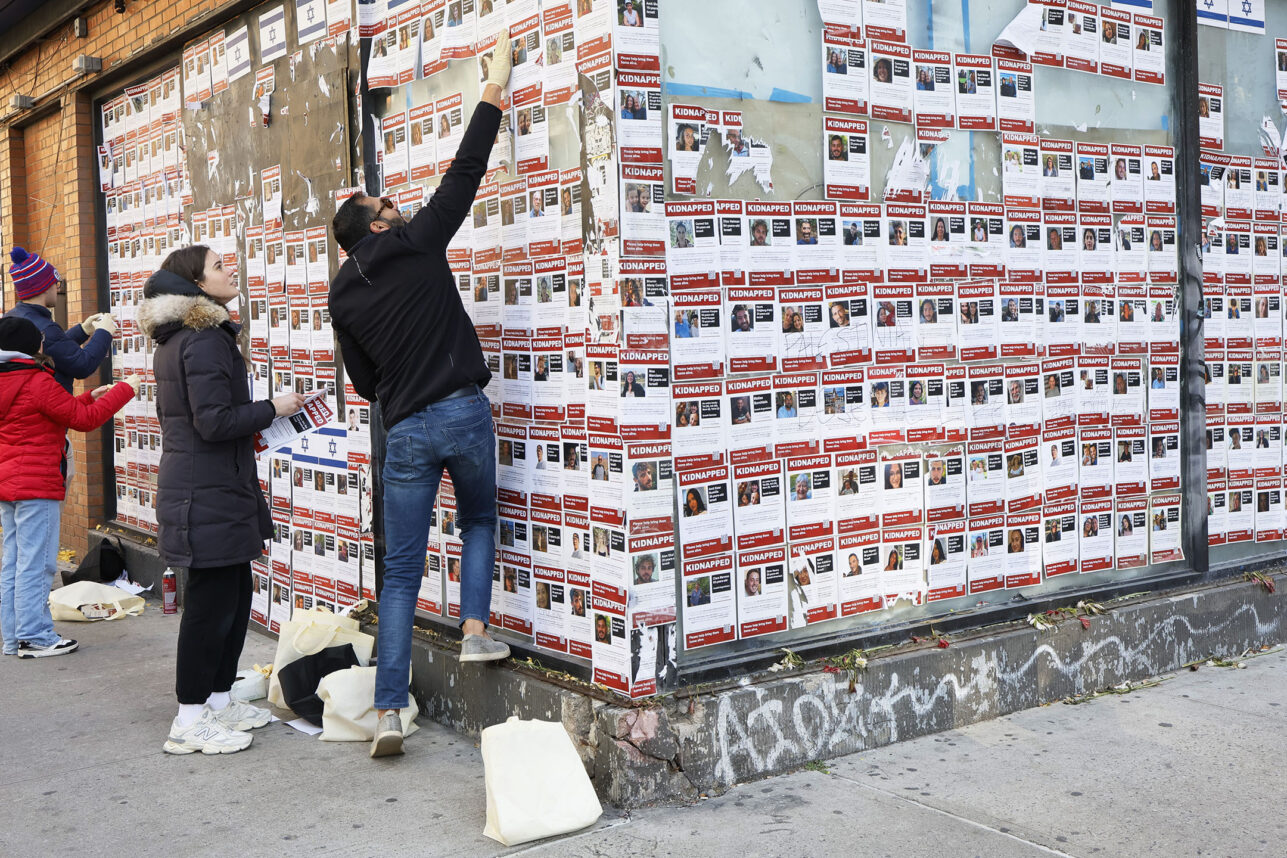






 More news and opinions than at a Shabbat dinner, right in your inbox.
More news and opinions than at a Shabbat dinner, right in your inbox.